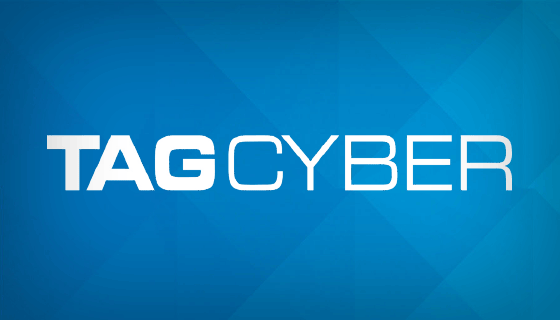© 2025 Eclypsium, Inc.
“Zero trust” is no longer a buzzword, it’s a business imperative. The trouble is that many enterprises say zero trust, but they are, in fact, leaving a lot to trust.
True zero trust goes deeper, leveraging visibility into the lowest levels of your estate, like chipsets, hardware, infrastructure code, and even the manufacturing supply chain behind the countless components inside each asset.
Most traditional security tools can’t go there, which leaves unprotected enterprises open to countless vulnerabilities and risks they can’t see.
Extend zero-trust
to — and from — the core
Eclypsium extends zero trust assurance to the foundational, bare-metal compute levels. This amplifies benefits across the length of the complex digital supply chain and down to the true core of each device in your estate.
TRUSTED BY LEADING ENTERPRISES
Zero Trust infrastructure code and hardware
According to Gartner, the average endpoint arrives on its user’s desk or lap with 15 to 20 embedded firmware components. Additionally, all networked and connected devices now come with manufacturer-embedded firmware.
Zero trust enterprises must know which versions of firmware or infrastructure code systems are running, which may be vulnerable, and which are actively being exploited in the wild.
Zero Trust across digital supply chains
A recent joint report from the U.S Departments of Homeland Security and Commerce cited supply chain attacks as the number one threat facing both commercial and federal organizations.
Securing global device supply chains is the definitive cyber security challenge of the century, and we can help you meet it.











